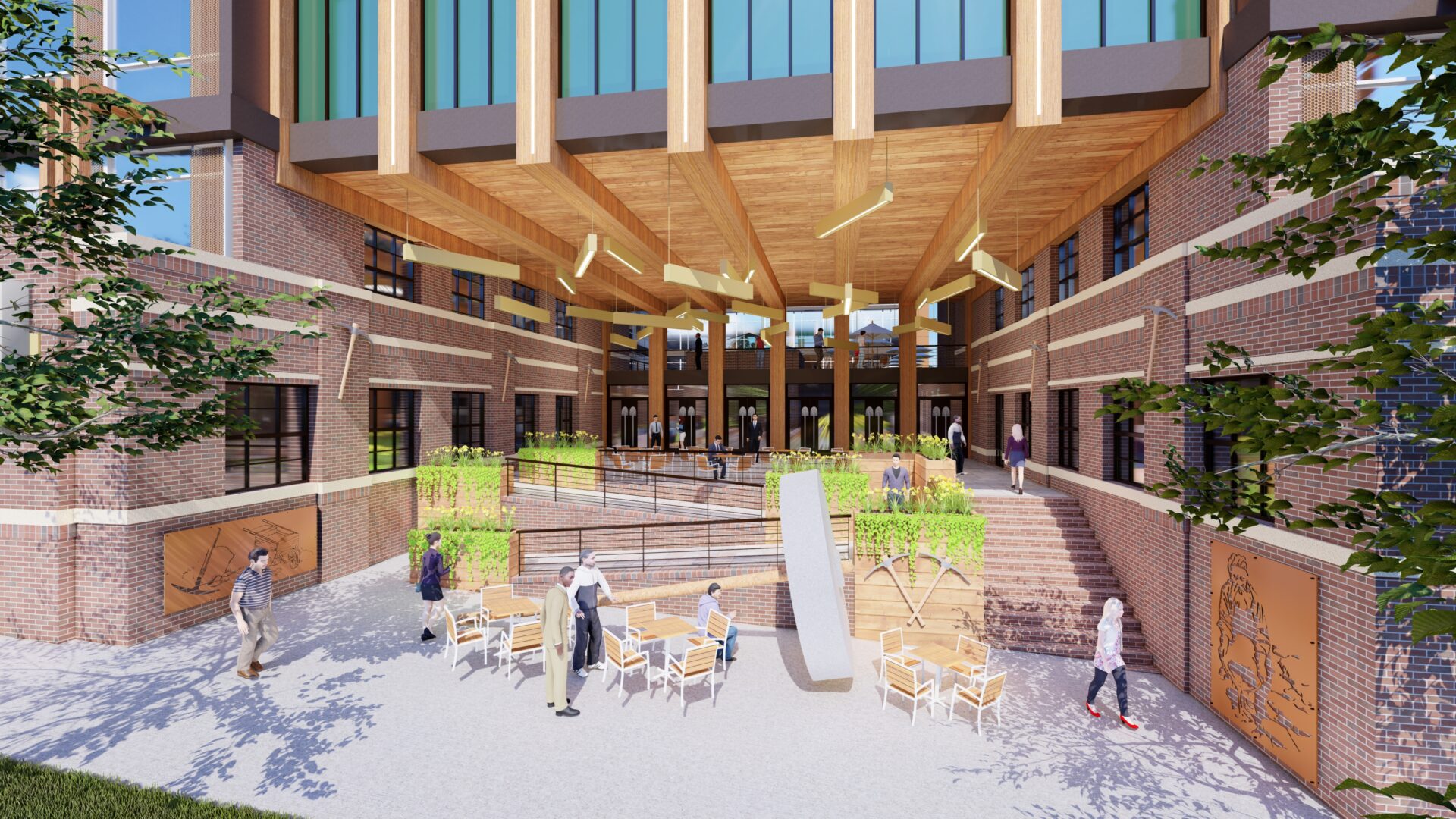The Rudisill will tell the story of Charlotte’s discovery of gold in 1825
Architects integrate “storytelling” in architecture to help convey meaningful narratives that are more powerful than the programmatic functions within the building. Some stories may be as subtle as a metaphor, while other stories are more blatant and obvious. Stories provide magic, are engaging and add substance to the architecture.
It is often a fine line between a meaningful story and kitschy architecture. Sometimes kitschy is appropriate. The story is useful to create a level of meaning and connection to the user that may be provoking or engaging. The story can explore a client’s vision, express the function of the building, embrace authentic local context or celebrate an historical event. The story should be immersive and experiential.
ODA Architecture has told many stories through design in their 37-year history. One of the most exciting stories that is taking shape “on the boards” (does anyone still have a board?) is a mixed-use development in The Gold District of Charlotte (pictured above). This immersive project will tell the story of Charlotte’s discovery of gold in 1825, Charlotte becoming the hub of gold mining in America and leading the Queen City to become a world-class financial center.
The Rudisill, named after the gold mine that has existed in Charlotte for almost 200 years, will engage users and guests with interactive displays, customized phone apps, immersive experiences and gold mining memorabilia. A rickety elevator will take guests down in the original Rudisill shaft (reconstructed, of course) to dimly lit timber-laden tunnels leading to an underground Speak-Easy. A large rooftop experience will provide guests with multiple indoor and outdoor venues with pristine skyline views of Charlotte. Guests will realize that they are sitting on the gold mine where the sparkling Charlotte skyline all started.




